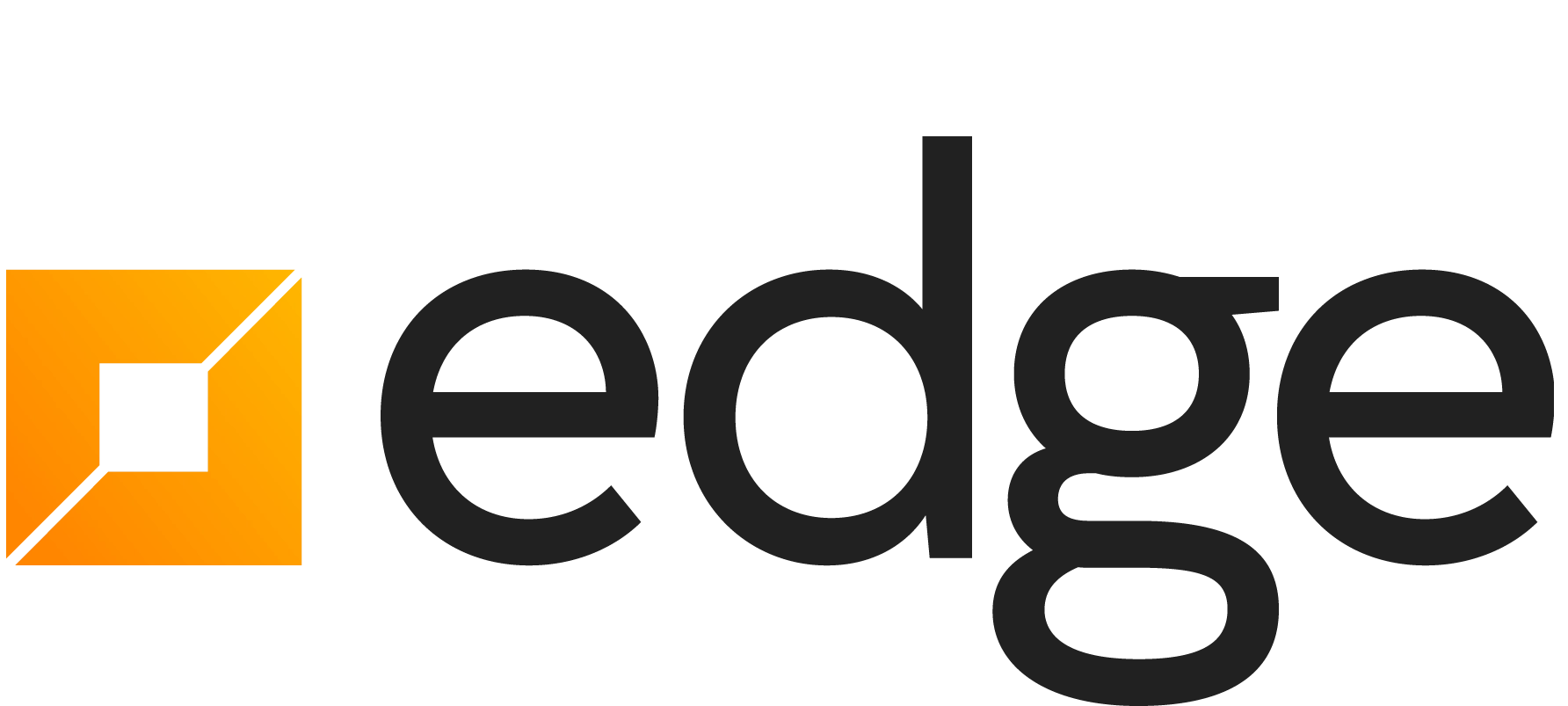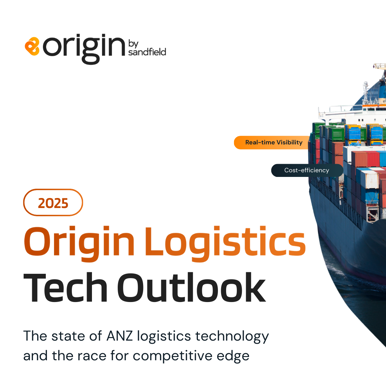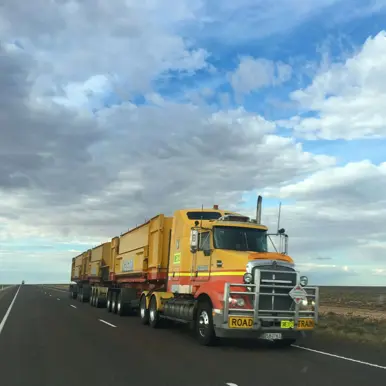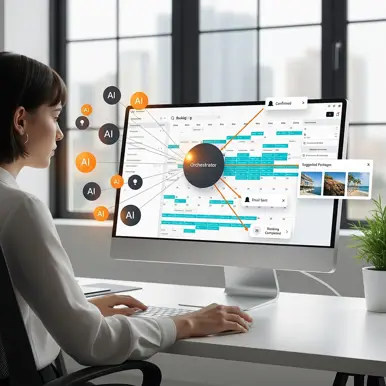Tech publication iStart sat down with Bruce Copeland, Co-Founder of Sandfield, to discuss 35 years of software development, the changes he's seen, why he's placing bets on best of breed, why it's so important not to throw the baby out with the bathwater. This article originally appeared on the iStart website.
Some things change, some stay the same…
When software development company Sandfield was doing a ground-up rewrite of Mainfreight’s systems – the only one done in 35 years of working with the freight company – Mainfreight’s Don Braid told the company not to stuff it up.
When the project finished, he was equally direct: Don’t do it again.
“That’s quite an interesting challenge,” Sandfield co-founder and director Bruce Copeland says. “People think about systems aging and no longer being applicable so how do you just keep improving and updating a system so it can be used decade after decade and not put the business through the trauma of changing systems?”
It’s something he says Sandfield has proved to be ‘very good at’, choosing the right technology, scaling it and being ‘good custodians’ so the system continues to be relevant and evolve and be up-to-date.
Copeland, who stepped down from his role as chief executive of Sandfield in March after 35 years at the helm, has seen plenty of technology trends, and fads, come and go. Some things, however, have stayed consistent.
“My dad said he did on the last day of business what he did on his first. And there’s an element of truth with that: A lot of businesses are still struggling to deliver on basic business processes.
“On a gloomy day you think, ‘Christ, we’re still wrestling with some pretty basic problems’ – people just trying to execute their business accurately and keep errors to a low point.”
Copeland was handling IT for Chase Corporation when the idea for Sandfield was born. Trained as an accountant, he’d always had an interest in business and how to make businesses run more efficiently.
Chase – at the time a Kiwi sharemarket darling – had won attention for its rapid application development, with other organisations visiting and adopting the proprietary environment.
Following the 1987 sharemarket crash, Copeland and another partner who had been helping build the systems, decided to form Sandfield.
Chase was to be a key customer from day one.
“We left Chase on a Friday at the end of June and got a call on Monday to say they had gone into statutory administration,” Copeland says.
“I often joke that our first customer went bust on our first day of business.”
The new company did however have some customers – Copeland had made the rounds of those businesses which had visited Chase and lined up potential work with them.
One of those was Mainfreight, which 35 years later, remains a key customer.
“How a business delivers its services or products is really executed by the IT they deploy. Rather than just buying the best and hoping, we wanted to build the best system possible for our clients.”
Sandfield has stuck true to its original vision of being custom software developers, though Copeland admits it hasn’t always been a popular way of sourcing IT.
“Even today if you went to most board members in New Zealand they’d say go and buy a package. That’s seen as the best way of reducing risk and producing a good result.
“But right at the beginning we thought there would be some businesses that either needed to, because of the unique nature of their business, or wanted to – they didn’t want to just use a package and hope for the best. They wanted to determine how systems were going to work for their own business and have whatever made their business special incorporated in their systems.”
He says Mainfreight is a good case in point.
They had ‘strongly independent views’ about what they wanted, and they wanted systems that were different to what was available.”
At the time they’d been visiting the US, seeing what companies there were doing. Software was branching away from being just for the finance and accounting functions, and was starting to be used to operate businesses. Mainfreight wanted in, and Sandfield was to deliver the first project – a freight tracking system using barcodes. It was the first one of scale in New Zealand.
Today, Sandfield has 30 of its 160 strong team dedicated to serving Mainfreight fulltime and handles the organisation’s ERP or transport management system for all of their domestic operations in New Zealand, Australia and the US, as well as warehousing and integration, including millions of messages a month. Mainfreight also uses Sandfield’s accounting system.
“Someone said to me once that Mainfreight must have the best system for a freight company in the world. I honestly wouldn’t know. I don’t look at other systems. What we say is we just want it to be the best system for Mainfreight.
“There are undoubtably other systems that have lots of features and do lots of different things, but Mainfreight doesn’t need all those things. It just needs what it needs and it wants it to do it exactly as they want it to do, and it needs to do it well.”
Copeland is clear about what his customers want: Systems that perform, scale and adapt to take on all the different challenges appearing in their businesses.
“The environment is getting more and more complex, there are more and more integrations, customer facing systems are sometimes connected to dozens of different platforms and APIs and what have you. Then you’ve got clients pulling terabytes of data.
“So fundamentally, the platform just needs to perform well and keep performing well despite changes in growth. That’s the inherent challenge and something that needs to be carefully managed.”
One of the biggest changes Copeland says he’s seen is the influx of internal users. Thousands of people interact with Mainfreight’s systems, including Mainfreight staff, most of their customers and suppliers or subcontractors. Ninety-four percent of the notes are delivered into the system via EDI or integrations with customers.
“Entering data is no longer the big deal it was.”
Voice and mobile technologies and the deployment of robots is also changing the scene.
While Copeland admits there’s always the concern that a new technology might make what you’re doing obsolete, he says he’s buoyant about opportunities.
“All those things are incredibly interesting and it’s exciting to have the same system which scales massively but then also is involved in so many different points.
“I don’t think they are changes which mean our clients have to look at new systems. It’s just another thing we need to integrate with.”
He’s also a believer that best of breed is inevitable – and says for Sandfield that’s yet more opportunity. “We don’t have to build everything, but all those things need to be integrated with and incorporated to get a coherent result for the customer.”
Several years ago Sandfield split its business into four, including integration specialist Crossfire.
“We see the need for integration is just going to grow more and more.”
Crossfire’s clients include Qube and Patricks in Australia, for whom it handles the integrations between the company and its customers and suppliers, as well as integrations between internal systems. It’s also got global integration clients.
“It’s weightless and to some degree frictionless, so we can integrate two systems together no matter where they are in the world.”
Also within the Sandfield stable is the Edge custom development business – which includes the Mainfreight work – supply chain business Origin, and ‘unsung hero’ OnAccount.
“We’re very excited about where that is going to sit.
“As more businesses adopt best of breed they’re going to need a pure accounting system at the back end. They don’t need a big ERP, so we see our OnAccount financial management information system being more and more relevant.
“We see a lot of exciting growth ahead.”













